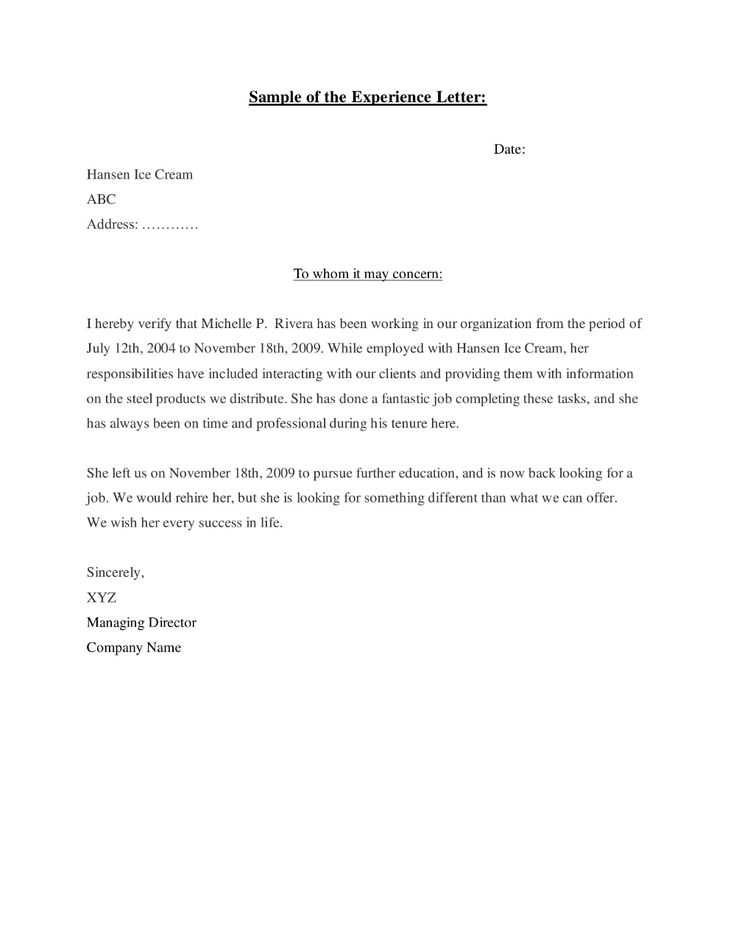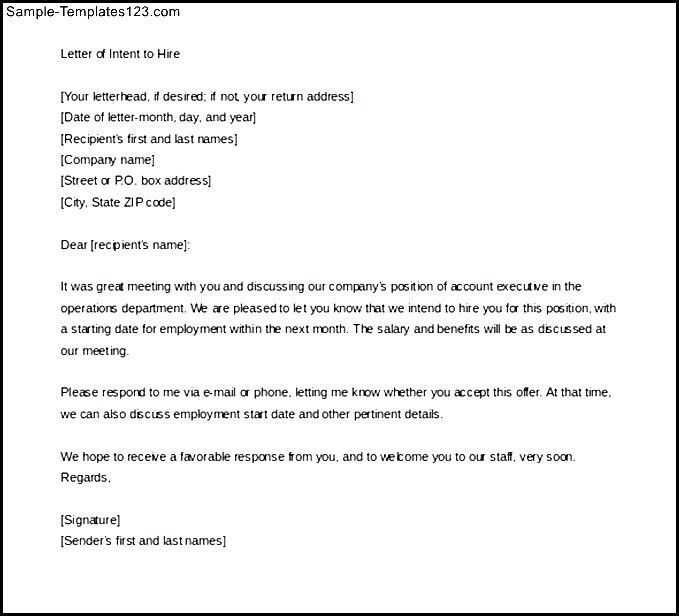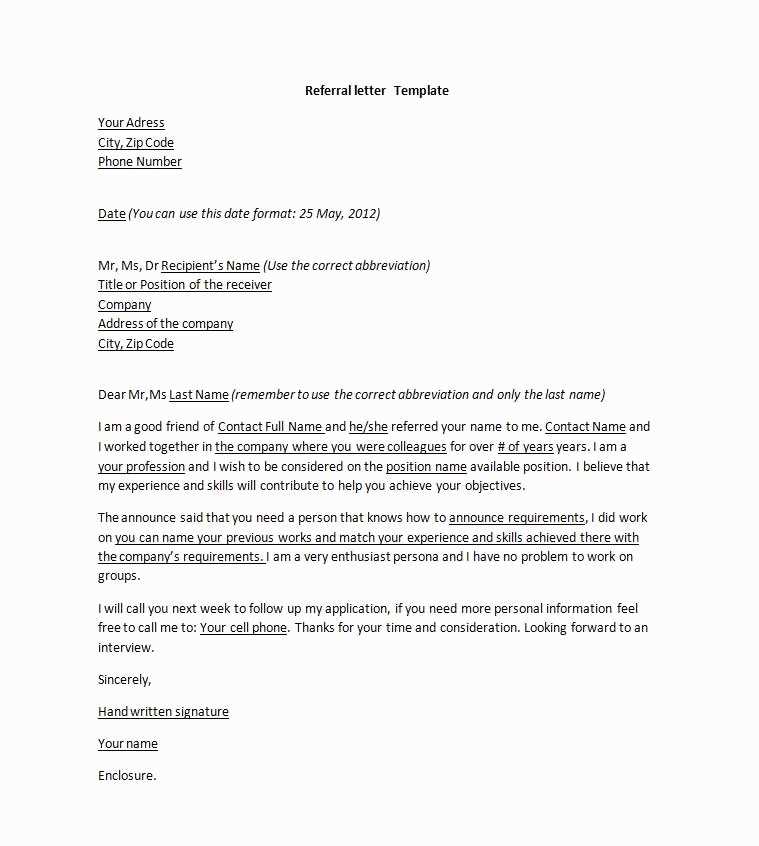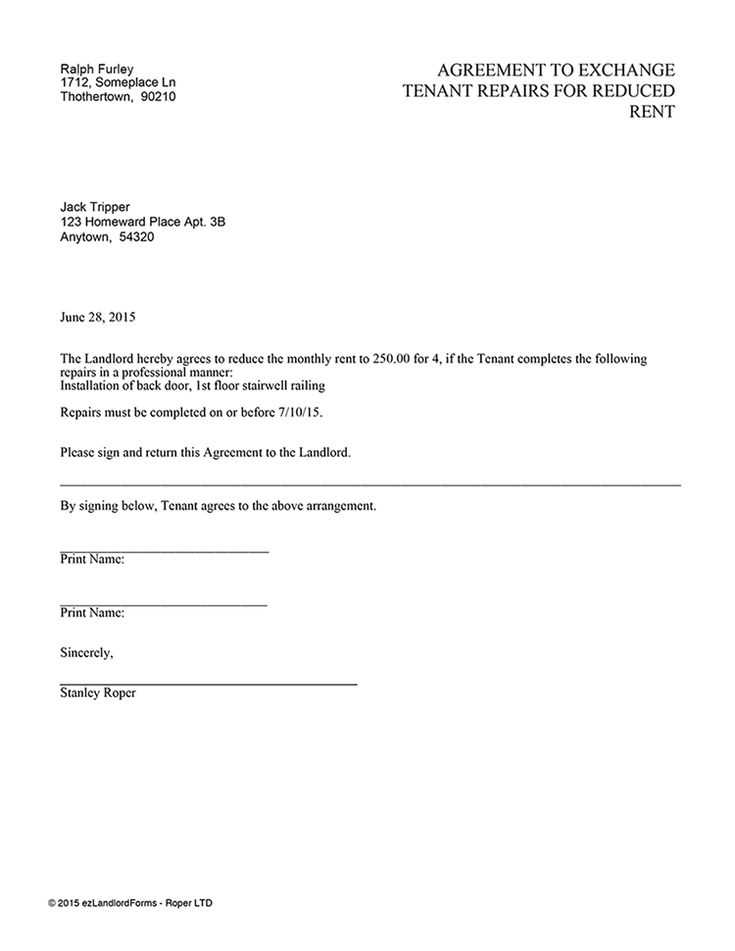Reduce working hours letter template

If you need to request a reduction in working hours, crafting a clear and respectful letter is key. A well-structured request can help your employer understand your reasons and consider your needs seriously.
Begin by clearly stating the purpose of your letter. Address the recipient directly and mention your current working schedule. Keep it concise and focused on your request for reduced hours.
Provide a brief explanation for the reduction. Whether it’s for personal reasons, health concerns, or better work-life balance, be straightforward but respectful. If necessary, offer a solution that works for both you and the company.
End the letter by expressing appreciation for their understanding and consideration. Acknowledge their potential concerns and be open to discussing how you can continue to contribute effectively with adjusted hours.
Reduce Working Hours Letter Template

To request a reduction in working hours, keep your letter clear, polite, and straightforward. Begin by stating your intention clearly. Highlight your reason for the request, whether it’s personal or professional, and specify the exact change you’re seeking. Keep the tone respectful while being firm about your needs.
Example Template:
Dear [Manager’s Name],
I hope this message finds you well. I would like to formally request a reduction in my working hours from [current hours] to [desired hours]. This change will allow me to [brief reason, e.g., manage personal commitments, pursue additional training, focus on my well-being].
I am happy to discuss how this adjustment can be managed without affecting the team’s goals or the quality of my work. Please let me know if you need further details or would like to arrange a meeting to discuss the request.
Thank you for considering my request. I look forward to your response.
Sincerely,
[Your Name]
Ensure to tailor the letter to your specific situation. Providing a clear, reasonable explanation helps to support your case. Offering flexibility can also demonstrate your commitment to maintaining productivity despite the change in hours.
Understanding the Purpose of a Reduced Working Hours Request
A reduced working hours request allows employees to adjust their schedules to better suit personal needs without compromising job responsibilities. By submitting such a request, an employee communicates the need for flexibility due to factors like health concerns, family obligations, or pursuing further education. This request aims to balance professional duties with personal priorities, promoting well-being and improving productivity in the long term.
Employers benefit from understanding and accommodating these requests as it leads to higher employee satisfaction and retention. A well-structured request helps ensure that the transition to fewer hours remains smooth, with clear expectations and outcomes for both parties. For employers, it’s about fostering a work environment where employees can thrive while maintaining business goals.
Clear communication and early planning are key in making the reduced hours transition work. Setting realistic expectations for work completion and being open to periodic reviews ensures that both employee and employer are aligned and can adjust if necessary. A thoughtful request supports the continuation of work without burnout, creating a healthier, more sustainable work routine.
Key Information to Include in Your Letter
Focus on clarity and directness when writing your letter. Begin with your request for reduced working hours, stating the specific hours you want to work and the proposed start date. It’s important to mention how this change aligns with your current role and responsibilities.
Personal and Professional Details

Provide a brief explanation of the reason behind your request. This could be related to personal needs, health, or other commitments. Be transparent without oversharing unnecessary details. Ensure the request is presented professionally, keeping the tone respectful and considerate of the company’s operations.
Proposed Schedule
Offer a clear outline of the new schedule you are proposing, ensuring that it causes minimal disruption to your work and the team. If possible, provide flexibility in your approach to demonstrate your willingness to collaborate on a solution.
| Current Schedule | Proposed Schedule |
|---|---|
| Monday to Friday, 9 AM to 5 PM | Monday to Thursday, 9 AM to 3 PM |
Conclude by offering to discuss the matter further in person or via email to address any concerns the employer might have. Confirm your commitment to maintaining the quality and timeliness of your work despite the reduced hours.
How to Address the Letter to Your Employer
Begin your letter by using a formal salutation. If you know the name of the person receiving the letter, address them directly. Use “Dear” followed by their title and last name, such as Dear Mr. Smith or Dear Dr. Johnson.
If you are unsure of the recipient’s name, use a general salutation like Dear Hiring Manager or Dear Human Resources Department. This ensures your message reaches the right person while maintaining a professional tone.
In cases where you have an ongoing relationship with your employer or manager, it may be appropriate to use a less formal approach, such as Dear [First Name]. However, it’s always better to err on the side of formality when unsure.
Setting Clear Expectations for Work Hours Adjustment
Outline the exact hours and any flexibility from the start. This will prevent misunderstandings and set the foundation for a productive transition. Be clear on whether the new work hours are temporary or permanent. Mention how much time is being reduced and how it impacts overall workload or availability. This transparency allows employees to plan their time accordingly.
Steps for Clear Communication
- State the new working hours in a direct manner.
- Clarify the process for reporting changes, if any, in the future.
- Ensure availability for any follow-up questions to avoid confusion.
Monitor and Adjust if Necessary
Keep track of how the adjustment affects both productivity and employee satisfaction. If needed, make changes after assessing the impact, but communicate clearly when doing so. Flexibility can help, but it must be clear from the beginning how adjustments will be handled.
Supporting Documentation to Attach to Your Request
Include any documents that can strengthen your case and demonstrate the need for a reduction in working hours. This can include medical certificates, personal statements, or official communications from your healthcare provider or family members. Attach any evidence of personal or family circumstances that require attention, such as childcare needs or other caregiving responsibilities. Providing a clear overview of these documents ensures transparency and allows your employer to fully understand the situation.
Medical Certificates or Health Reports
If your request is based on health concerns, include medical documentation that supports your need for reduced hours. This could be a doctor’s note or any official health report that outlines your condition and the recommended changes to your work schedule. These documents provide objective evidence of your situation.
Personal and Family Care Documents

If your request is related to caregiving responsibilities, consider including documents that highlight your family obligations, such as a letter from a family member or a caregiver service. These documents demonstrate the necessity of adjusting your working hours to fulfill your caregiving duties.
Follow-up Steps After Sending the Request
After sending your request to reduce working hours, take these steps to stay on top of the process and maintain clear communication:
1. Set a Reminder to Follow Up
Mark your calendar or set an alarm for a week after sending the request. This gives you enough time to receive a response while also demonstrating your proactive approach.
2. Monitor Your Email and Other Communication Channels
Keep an eye on your inbox and be open to phone calls. Respond quickly to any feedback or requests for additional information. This shows you are committed to the process.
3. Prepare for a Meeting, If Requested
If your employer wants to discuss the request further, gather any supporting documents that may help your case, such as work records or evidence of how the adjustment could benefit both parties.
4. Be Ready for Negotiation
If your request isn’t approved right away, be prepared to negotiate the terms. Be flexible and open to compromise. Consider alternative options like partial reductions or shifting your work schedule rather than a full reduction.
5. Confirm the Agreement in Writing
Once a decision is made, request a written confirmation outlining the agreed-upon terms, whether it’s a reduced schedule or any adjustments. This helps avoid misunderstandings in the future.
6. Thank Your Employer
Regardless of the outcome, thank your employer for their time and consideration. This helps maintain a positive relationship and shows professionalism.